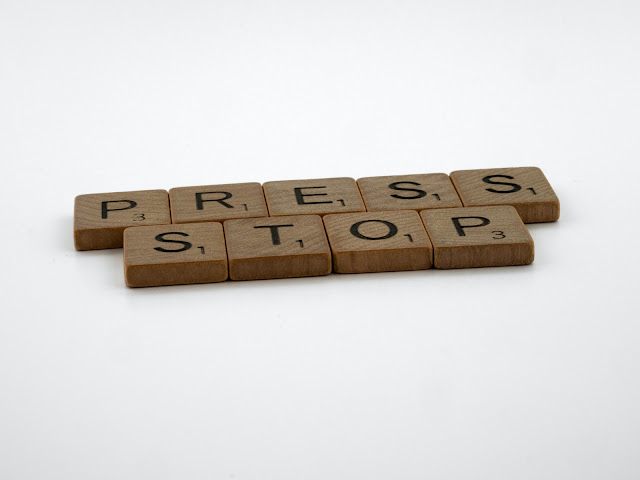What is the meaning of letterpress printing ?
The term "letterpress printing" refers to a printing technique that involves the use of a raised surface with ink applied to it and pressed onto paper to create an image or text. It is a traditional printing method that has been in use for several centuries, and is characterized by its crisp lines, deep impressions, and distinctive look.
In letterpress printing, individual letters or images are set in reverse on a metal or wooden block. Ink is then applied to the raised surface of the block, and the block is pressed onto paper, leaving an impression of the inked image or text on the paper. This creates a tactile, textured effect on the printed material that is highly sought after for its unique and vintage look.
Letterpress printing was widely used for printing books, newspapers, and other documents before being largely replaced by modern printing techniques such as offset printing. However, it has experienced a resurgence in popularity in recent years, particularly for small-scale printing projects such as business cards, invitations, and art prints. The term "letterpress printing" is now used to refer to both the traditional printing technique and the contemporary use of this technique for creating high-quality, artisanal printed materials.

Comments
Post a Comment